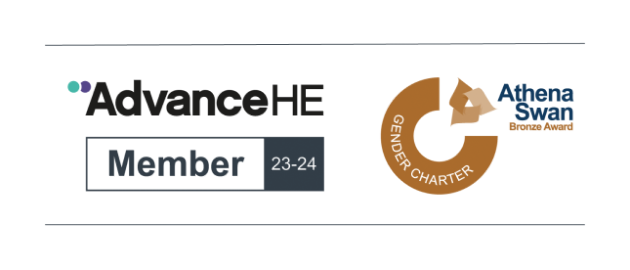This paper is alternating with Li13. It is SUSPENDED in 2023-24.
This paper is available as Linguistics Tripos Part II: Paper 11, MML Tripos Part II: Paper Li.11, ASNC Tripos Part II: Paper 15 or English Tripos Part II: Paper 29.
One of the few things we can predict with confidence in the field of linguistics is that languages change, although not necessarily how or why such change occurs. Although linguistics has since the early 20th century been a predominantly synchronic discipline, studying the structure of a language or languages at a specific point in time, this course reflects the view that linguistic systems cannot be completely understood from a purely synchronic perspective: instead, we should also concern ourselves with the ways in which such systems have arisen.
The lectures illustrate the effects of change on all areas of language, illustrated using data from a wide range of languages. The attempts of various schools of linguists to describe, classify and explain these changes are surveyed, and the implications of change for linguistic theory in general are examined. We consider both why a new linguistic form should appear in the speech of one individual in the first place, and why that innovation should spread to different linguistic contexts (words, constructions) and to different speakers.
The focus of the course is on trying to explain why change arises, at whatever level we are considering. Possible explanations recur in the work of different linguists working in different areas. Many linguists attribute language change to child language acquisition, the process by which each generation has to work out the grammar of its language anew. Others have placed the emphasis on the structure of linguistic systems, arguing that certain types of system (e.g. symmetrical vowel systems or consistent word-order types) are favoured historically over others. Still others look at the role of language use, emphasising, for instance, that inferences and metaphors become entrenched in a language over time, leading to change. Other approaches are specific to particular levels of linguistics. In morphology, we consider the processes by which new morphological elements are created from earlier independent words (morphologisation), and other processes of morphological development (analogy, exaptation, suppletion). In syntax, we look at specific theories of change, such as parametric change and grammaticalisation theory. The course considers a range of such approaches, and you will learn to evaluate the merits of each and the difficulties associated with them.
In addition to trying to explain how new forms of language arise, historical linguistics also deal with how it spreads. This too raises a host of questions that we will discuss and try to answer in this course: How does change spread through a community? Does a sound change spread from word to word or does it affect all words at the same time? Do speakers of a changing language have simultaneous access to two grammatical systems? How does age or social variation between speakers lead to the spread of change? Have languages always shown social and stylistic variation between speakers of the kind that we are familiar with today?
Finally, another general issue that we consider involves linguistic reconstruction: how can we know about languages of the past? This involves not only careful interpretation of the written records of the past, but also methods for reconstructing earlier forms of language, before the advent of written records, on the basis of a language or languages spoken today, and of earlier written records. We consider the methods that historical linguists use to do this, and some of the associated problems.
Mechanisms of syntactic change; Grammaticalisation; Formal approaches to syntactic change; Sociolinguistic and variationist approaches to change; Phonological reconstruction and the Comparative Method; Explanations for sound change; Lexical diffusion; Analogy; Non-analogical processes of morphological change; Syntactic reconstruction; Contact-induced language change; Lexical semantic change; Typological approaches to language change; Interpretation of written records.
Full details available at the course website.
Aitchison, Jean. 1991. Language change: Progress or decay? 2nd edn. Cambridge: Cambridge University Press.
Campbell, Lyle. 1998. Historical linguistics: An introduction. Edinburgh: Edinburgh University Press.
Campbell, Lyle & William J. Poser. 2008. Language classification: History and method. Cambridge: Cambridge University Press.
Roberts, Ian. 2007. Diachronic syntax. Oxford: Oxford University Press.
McMahon, April. 1994. Understanding language change. Cambridge: Cambridge University Press.
Ringe, Don & Joseph F. Eska. 2013. Historical linguistics: Toward a twenty-first century reintegration. Cambridge: Cambridge University Press.
You will receive sixteen lectures and eight practical classes across Michealmas and lent. You will also have eight supervisions, normally three during Michaelmas Term, four in Lent Term and one in Easter Term.
See the course website.
The paper's Moodle site can be found here.
Assessment will be by a 3hr in person written exam.
Dr Marieke Meelen |



